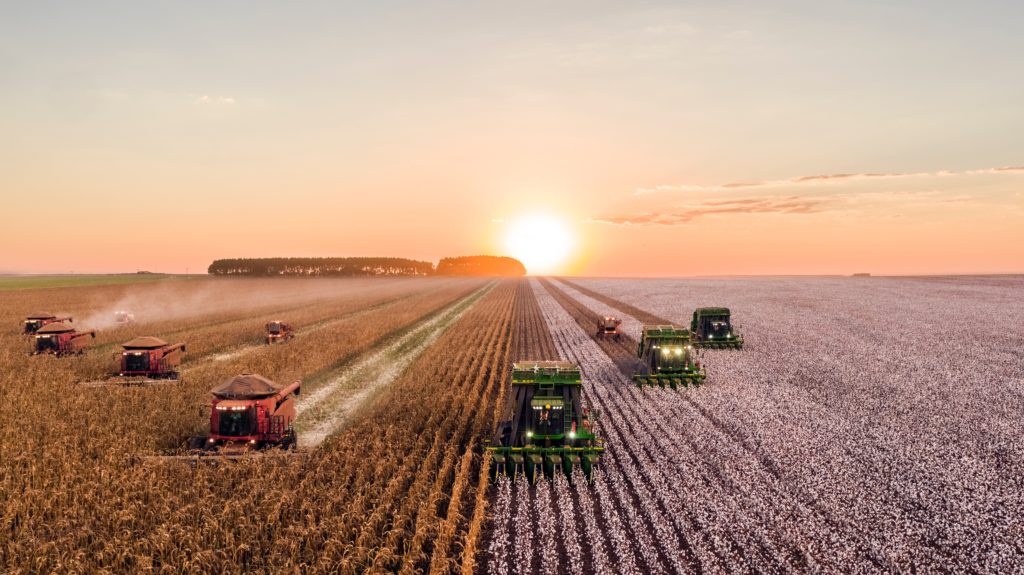It is estimated that by the year 2050, the global population will be over nine billion. At our current pace, much of the world could be heading towards a catastrophic food shortage. The good news? Breakthroughs in Wi-Fi technology – including the Internet of Things (IoT) – have made it possible to produce large yields at astonishing rates. This practice is known as precision agriculture and researchers are currently exploring the possibility of someday implementing this method of farming on a global scale.

Photo by Joao Marcelo Marques on Unsplash
In 1994, John Deere tasked a group of agronomists and technology experts to explore the idea of using advanced sensors to make farming more efficient. The area of study quickly caught on, and by the early 2000s, agricultural firms across the U.S. were beginning to implement precision agriculture in large scale farms.
Most early precision ag relied on satellites to relay information on crops to a central hub. Today, Wi-Fi can be used to connect data from instruments in the field, directly to a farmer’s smartphone. Most farms using precision agriculture rely on mesh networks that relay Wi-Fi signals across many acres. Instruments in the field measure soil humidity, plant health, weather conditions, and other environmental factors. Now, even drones are being used to monitor crop health and relay information back to farmers over Wi-Fi. Mesh networks allow for this technology to be utilized by small farms and provide an economically efficient option that no longer requires farmers to purchase expensive satellite data. Farmers can now use these technologies to address problems with crops, such as dehydration or disease, and predict future weather conditions in real-time. This efficiency leads to healthier crops and larger yields overall.
At CES 2020 last month, John Deere was back on the show floor showing off its new precision ag focused machinery. The company unveiled its innovative combine, the Deere R4038 which features self-drive technology, allowing farmers to harvest crops significantly faster with fewer hands. The machine also features artificial intelligence that will soon allow the combine’s pesticide sprayer to target individual weeds, reducing pesticide use by up to 90 percent.
Precision agriculture is key to ensuring that food production over the next several decades is able to sustain the ever-increasing global population. That means precision agriculture must continue to grow in practice, not just in the United States, but around the world. In parts of the globe where wireless internet connection is scarce, innovators like Google are bringing solutions to some of the most remote places on Earth. In 2013, Google launched its cutting-edge service Loon, which offers solar-powered balloons that provide Wi-Fi connectivity to some of the most remote areas of the developing world. Services like Loon can help facilitate precision ag in continents outside North America and Europe, and continue to expand this vital agricultural practice.
